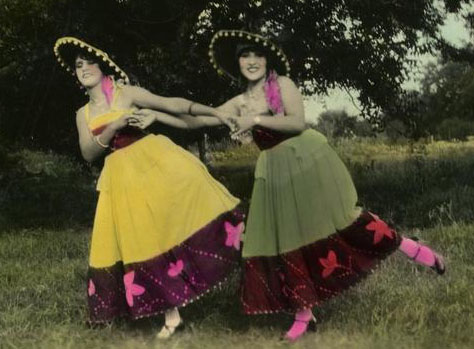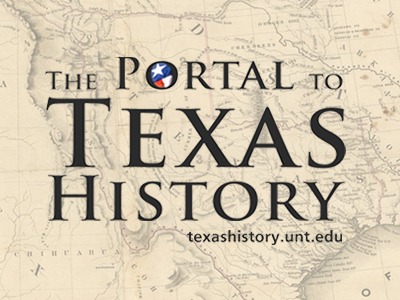
The Portal to Texas History
digital_projects_unit_in_the_news
Spotlight on Careers: Featured Books
discovery_park_collection_highlight_resource_highlight
The Thanksgiving Switch
digital_libraries_collection_highlight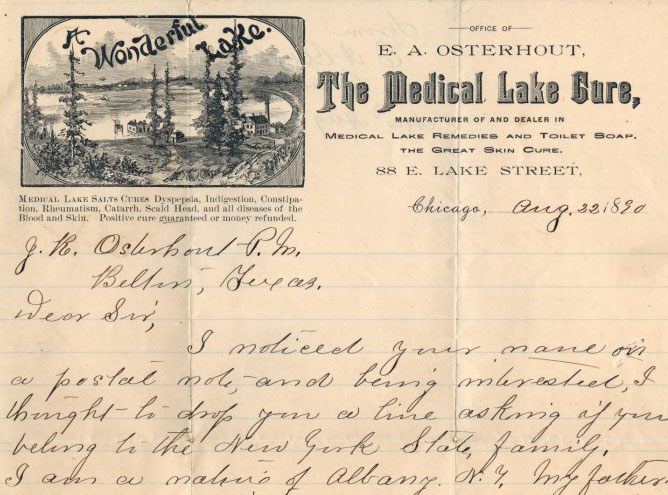
The Osterhout Papers
digital_libraries_collection_highlight
SHCY Outreach Grant Awarded to Spencer Keralis
digital_libraries_in_the_news_grant_award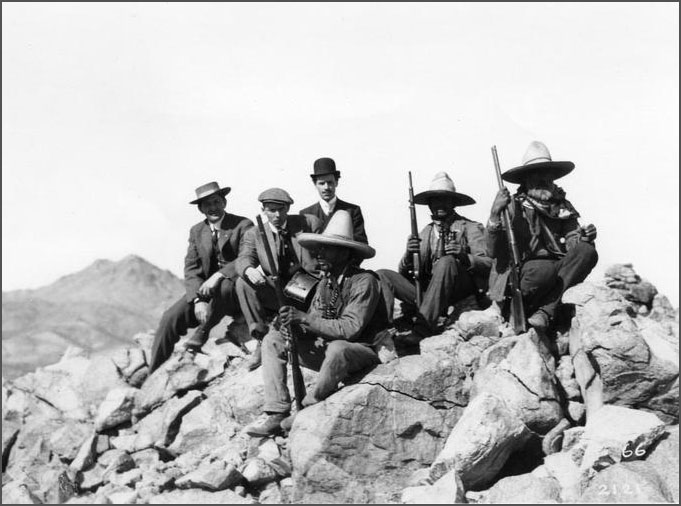
Picturing the Mexican Revolution
digital_libraries_collection_highlight
Texas Register in The Portal to Texas History
digital_libraries_collection_highlight
Traveling the National Road of Texas
digital_libraries_collection_highlight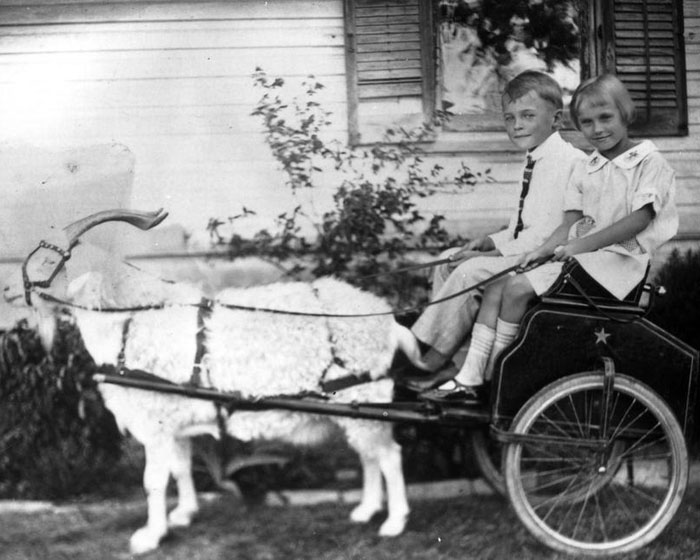
Transportation in Texas
digital_libraries_collection_highlight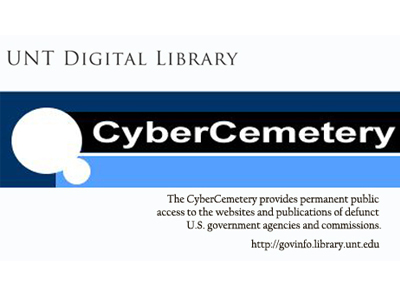
CyberCemetery
libraries_in_the_news_did_you_know_collection_highlight
Thank a Teacher Program @ UNT
user_interfaces_in_the_news_did_you_know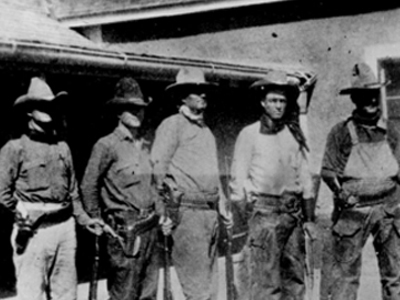
Portal to Texas History Showcases Texas' Colorful Past
digital_libraries_in_the_news_collection_highlight
National Constitution Day - September 17, 2012
libraries_in_the_news_did_you_know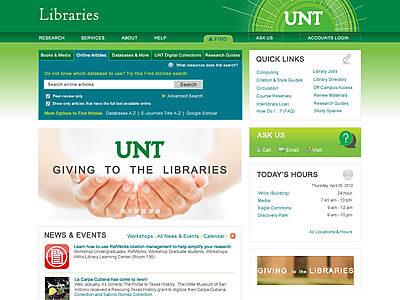
The UNT Libraries' Website Has A New Look!
user_interfaces_about_the_libraries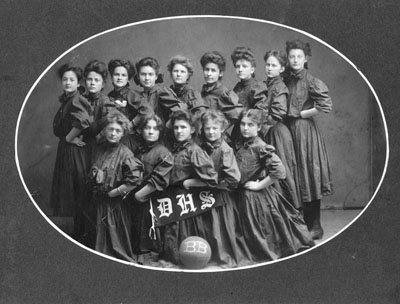
Sports and Recreation in The Portal to Texas History
digital_libraries_collection_highlight
UNT Libraries to House Archives from Resource Center Dallas
special_collections_in_the_news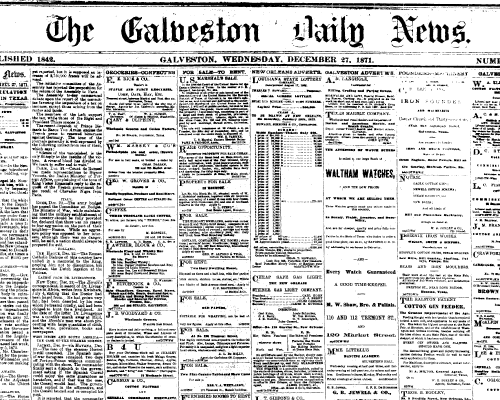
Community Outreach Through Digital Newspapers
digital_libraries_in_the_news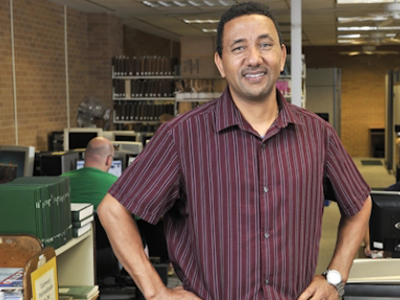
Electronic Theses and Dissertations (ETDs) Collection Available Online
digital_libraries_in_the_news_collection_highlight
Health and Society in Video
collection_management
Academic Charts Online
collection_management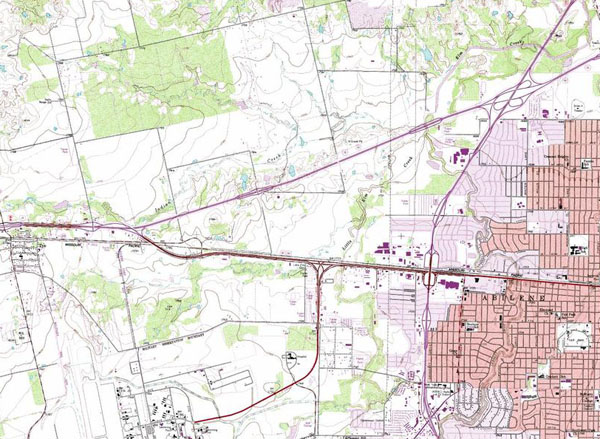
Get the Lay of the Land in Texas
digital_libraries_collection_highlight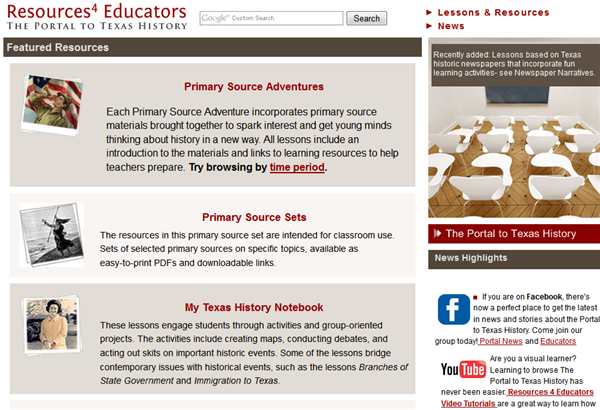
The Portal to Texas History is Ready for K-12 Teachers
digital_libraries_collection_highlight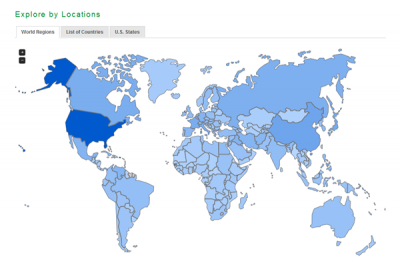
Geographic Coverage in the Digital Collections
digital_libraries_collection_highlight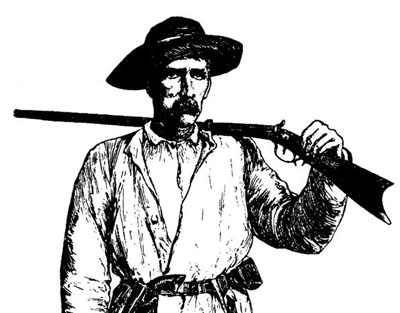
Finding Similar Items in the Digital Collections
digital_libraries_collection_highlight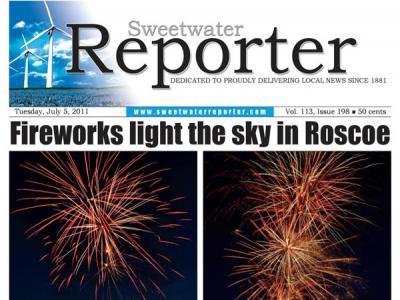
Born Digital Newspapers
digital_libraries_did_you_know_collection_highlight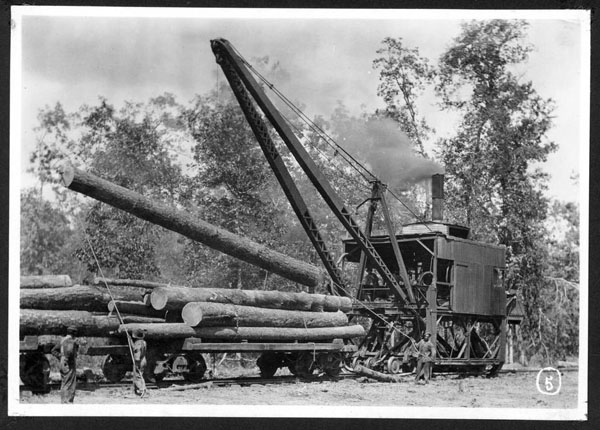
American Lumberman Photographs of Southern Pine Lumber Company
digital_libraries_collection_highlight
Searching Newspapers on The Portal to Texas History
digital_libraries_collection_highlight
Crowdsourcing and Digital Libraries
digital_libraries_collection_highlight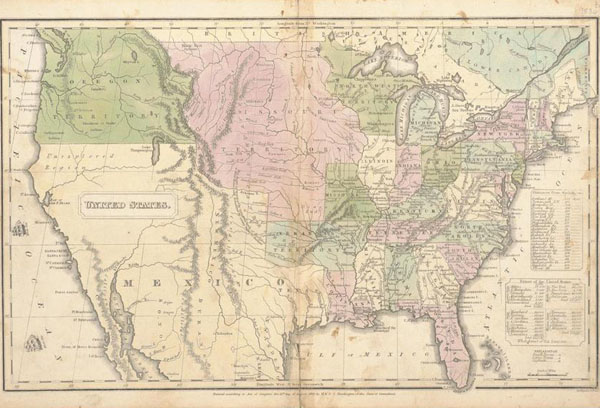
When Texas Was in Mexico and Other Interesting Tidbits
digital_libraries_collection_highlight
Library In the News: Library Collection Includes Revolutionary Rhetoric
special_collections_in_the_news_resource_highlight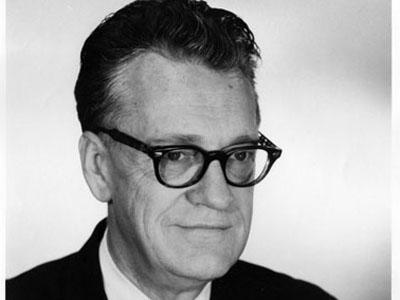
UNT Music Library Celebrates Don Gillis Centennial
music_collection_highlight_resource_highlight
Future of the Federal Depository Library Program
libraries_in_the_news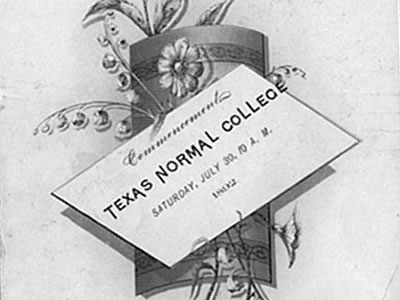
Commencement Past and Present in the Digital Collections
digital_libraries_did_you_know_collection_highlight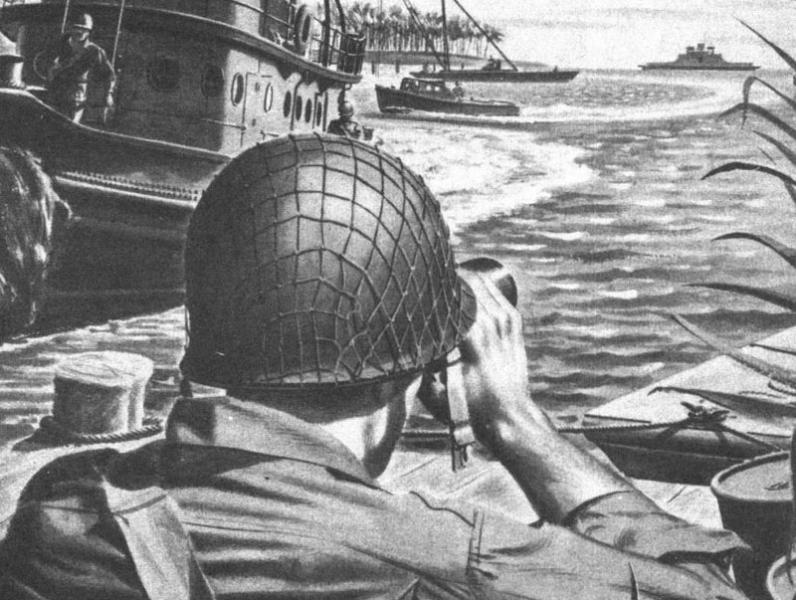
Historic War Department Manuals Online
digital_libraries_collection_highlight